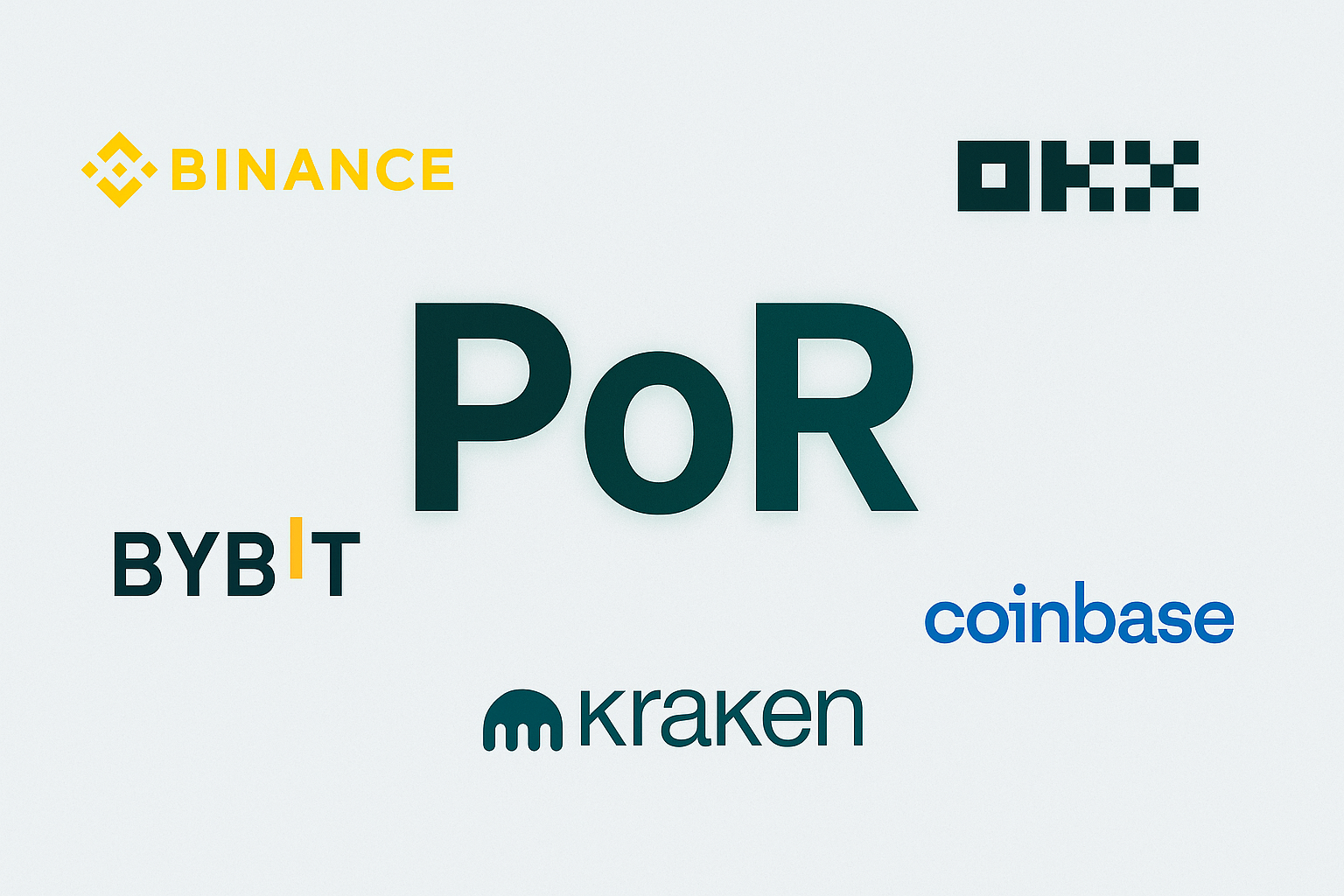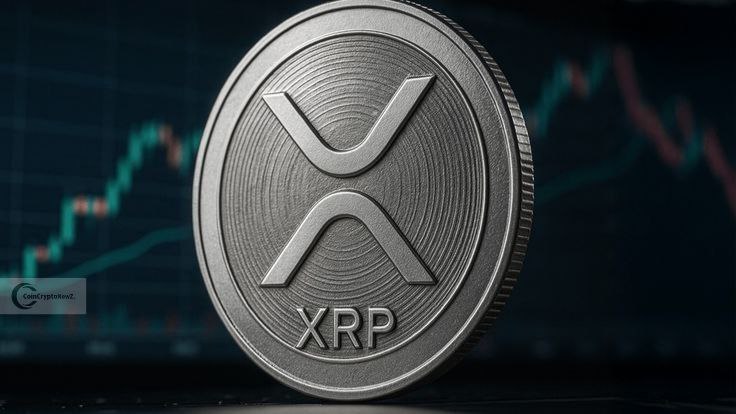Binance sets the benchmark for transparency in 2025 with consistent proof of reserves (PoR) ratios boosting user trust while other major exchanges rally behind.
Proof of Reserves (PoR) is a key transparency mechanism employed by crypto exchanges to prove that their holdings are enough to cover customer deposits. PoR is provided through cryptographic evidence, reassuring customers that the exchange is not operating on fractional reserves and is a responsible asset custodian.
Following exchange crashes and legal challenges on major exchanges such as FTX, crypto holders have been keen on exchange transparency. Therefore, a good and consistent PoR report is key to gaining user trust as exchanges market themselves. A recent report by Cryptoquant has highlighted Binance as the transparency race winner YTD.
Per the on-chain data, Binance has maintained more than 100% reserve ratio from February 2023 to June 2025. As of June 2025, the exchange reserve ratio stands at 102.13%, with the highest value being 118.82% in May 2023. As a result of constant and regular disclosure reports, Binance maintains a high user trust and is strategically onboarding new markets.
OKX rallies behind Binance with a stable value (104%) and slight monthly variations, signaling substantial transparency. On the other hand, Bybit has had a strong reporting until October 2024, where it dropped off its disclosure reports for several months. As of May 2025, it had a 107% rate, which has grown to 108% as of June.
Kranken and Coinbase have minimal or potentially missing data across most months, with brief seasons of transparency. For instance, Kranken had a 112.6% reserve ratio in December 2023 but has lacked consistency in its reporting. Coinbase shows 0% across the board, raising eyebrows regarding its transparency. Generally, Binance and OKX appear to champion transparency as crypto adoption gains ground, thus pioneering the industry’s maturity journey.







